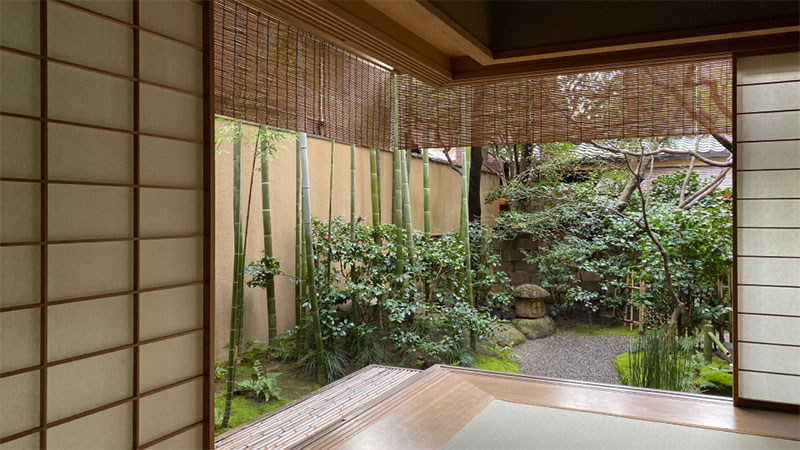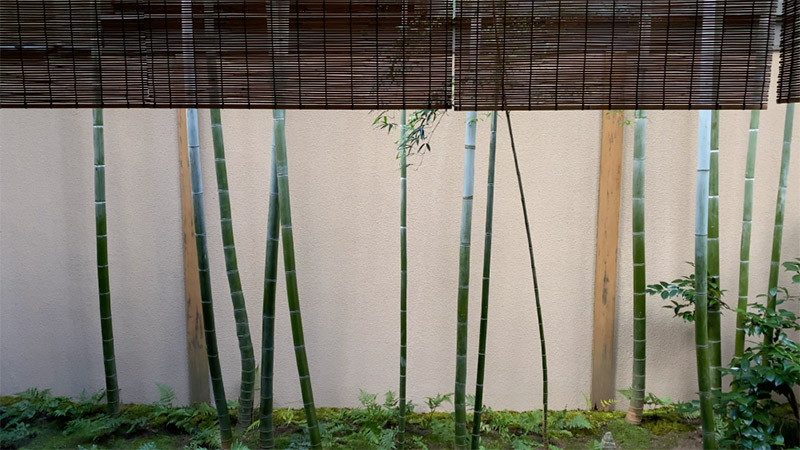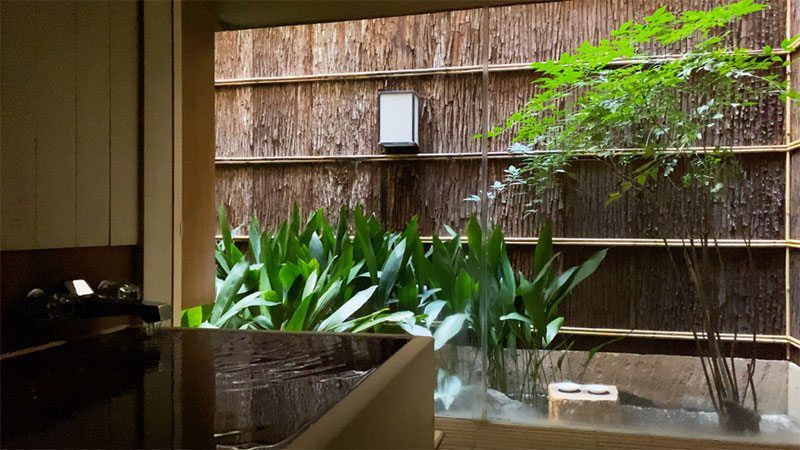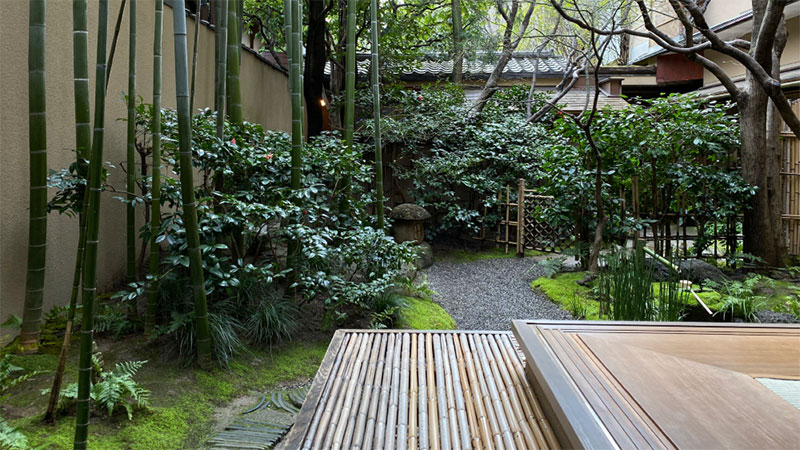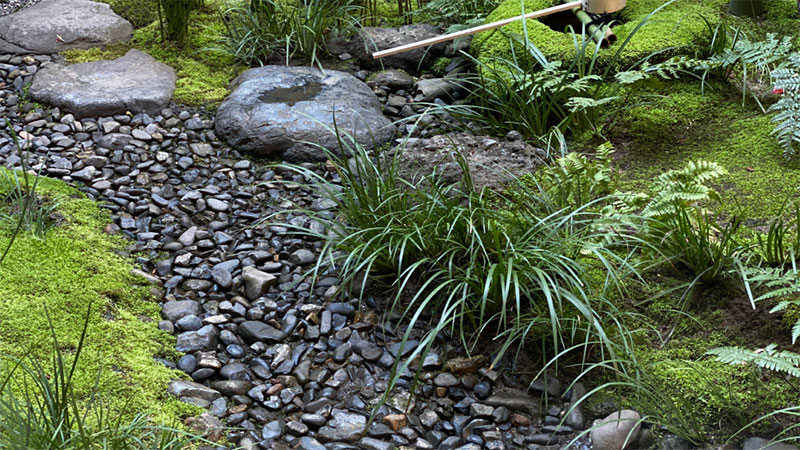Explore Kyoto Area
Kyoto, located in the Kansai region of Japan, to the southwest of Tokyo, has long been considered the cultural capital of Japan. In 794, the site was chosen as the seat of the Imperial Court, and although from 1185, the nation’s series of military governments established capitals elsewhere, Kyoto remained the seat of Imperial power and the center of much traditional Japanese culture. The city is home to many important Buddhist temples, shrines to major kami, palaces and gardens, as well as the creators of longstanding traditional arts and prominent works of poetry and literature. Numerous scenic spots close to Kyoto are also associated with significant historic and literary events.
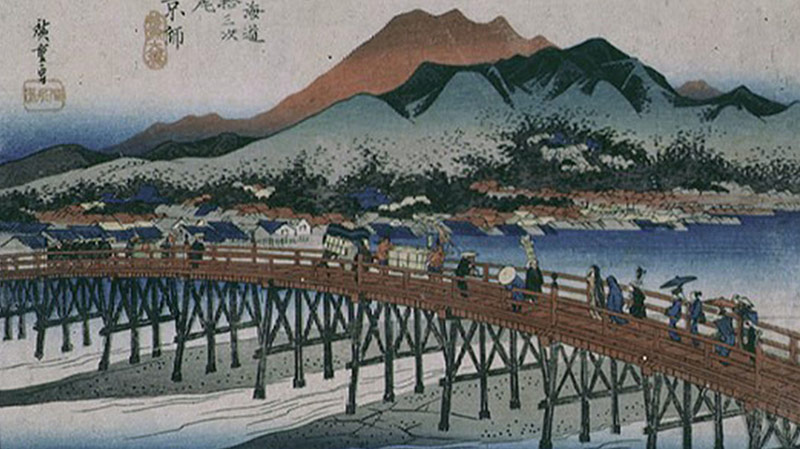
Kyoto, No. 55 in the series Fifty-three Stations of the Tōkaidō by Utagawa Hiroshige, c. 1833-34
This view of Kyoto is No.55 from Utagawa Hiroshige’s (1797–1858) most famous series Fifty-three Stations of the Tōkaidō (Tōkaidō Gojūsan-tsugi), which launched the genre of landscape woodblock prints. The best-selling series depicted the fifty-three stopping points where travelers could rest, eat and purchase souvenirs along the 323 miles of road between Edo (modern Tokyo) and Kyoto. It also included an image of Edo – the starting point of the journey from the point of view of Edoites like Hiroshige and the people who bought the prints – and of the final destination of Kyoto, the image shown here. This print depicts travelers on a wooden bridge leading into Kyoto, hills colored with dense autumn foliage in the distance. Having traveled the Tōkaidō Road himself, Hiroshige undoubtedly understood the joy and relief travelers felt when they reached the scenic ancient capital.
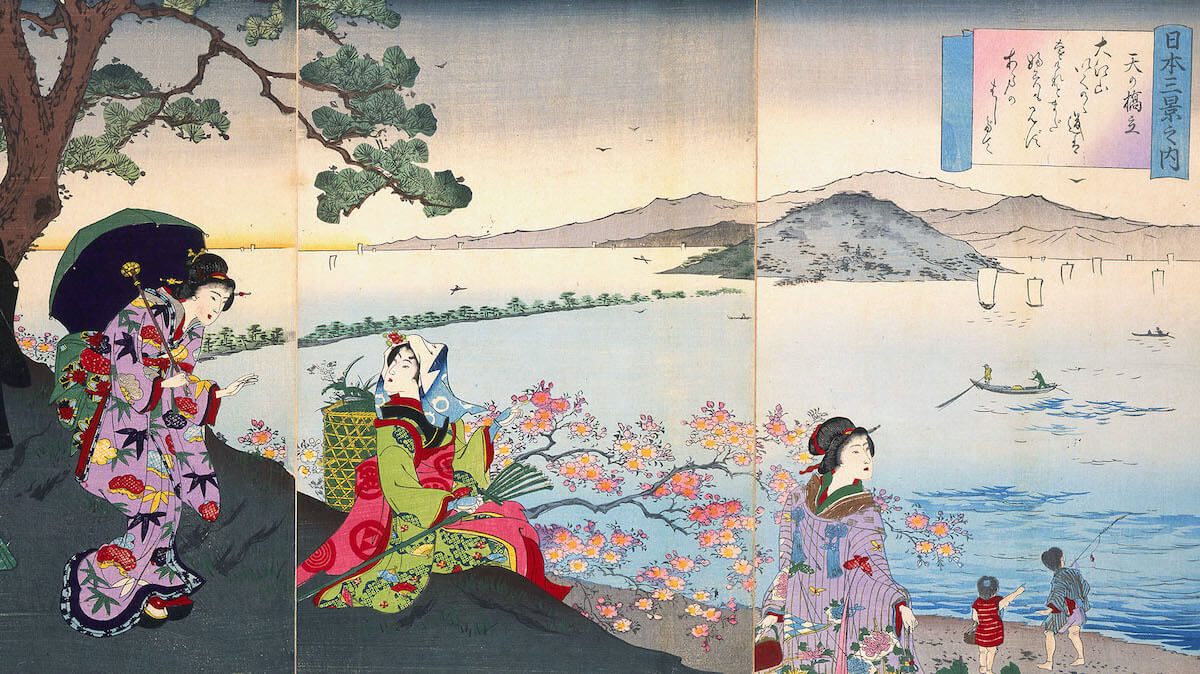
Amanohashidate by Yōshū Chikanobu, 1893
Amanohashidate is a thin strip of land connecting two opposing sides of Miyazu Bay in northern Kyoto Prefecture. This sand bar is about 2 miles long and covered with about 7,000 pine trees. Viewed from the mountains at either end of the bay it looks like a pathway between heaven and earth, hence its name “Bridge to Heaven.” The scene has been admired for centuries and is ranked among Japan's “Three Scenic Views,” along with Miyajima near Hiroshima (also featured in this section of the exhibition) and Matsushima near Sendai in the northern part of Honshu. In this print by Chikanobu, well-dressed visitors are enjoying the stunning view of the edge of the bay, as local children catch fish below.
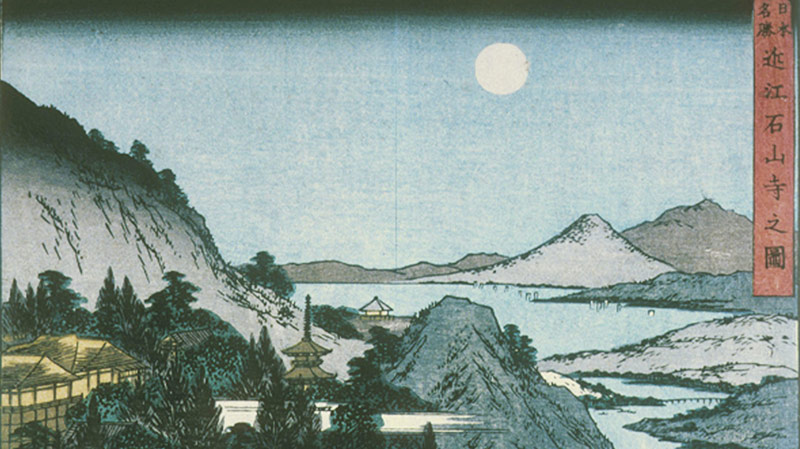
Ōmi, Ishiyamadera after Utagawa Hiroshige, c. Meiji period (1868-1912)
This small print shows the landscape around Lake Biwa, one of Japan’s most famous and culturally important bodies of water (also known for producing the Biwako pearls). Located near the ancient Imperial capital of Kyoto, the lake was the site of the Ishiyamadera (Ishiyama Temple), where Murasaki Shikibu is said to have begun writing the world’s first novel, The Tale of Genji, during a full moon night in August 1004. This landscape print was not simply a scene of great natural beauty but one rich in literary associations. These cultural references were previously reserved for the upper classes in literature and paintings but were becoming available to the townspeople of Edo (modern Tokyo) through printed books and images like these.
Traveling in Kyoto Today
Kyoto Tawaraya Ryokan | An inn that teaches Japan to the Japanese
It is said that in 1709, Tawaraya Wasuke, a merchant trading in cotton and hemp textiles in Hamada in Shimane Prefecture, acquired some land in Kyoto, and founded Tawaraya Ryokan as a side business, to house visiting feudal retainers from Shimane. Completely destroyed by fire during the Hamaguri Gate Incident, a rebellion against the Tokugawa shogunate in 1864, the inn was subsequently rebuilt, and gained its present configuration via several subsequent renovations and additions. Toshi Satow, who in 1965 constructed a three-story concrete annex and has managed the inn with a view to aligning tradition and modernism, is the current and 11th-generation proprietor.
#ASMR Japan | Bamboo Forest
Tucked away on the outskirts of Kyoto, the Arashiyama Bamboo Forest has long attracted visitors who seek serenity and peace inside the densely packed grove of towering bamboo stalks. Designated by the Japanese Ministry of Environment as an attraction in the “100 Soundscapes of Japan” list, the Arashiyama Bamboo Grove is a verdant sanctuary filled with the rhythms of rustling leaves and creaking wood that encourages visitors to pause and appreciate the sounds of nature. A walk down the sun-filtered bamboo lined path is an opportunity to reflect and meditate on the ephemeral beauty of nature.
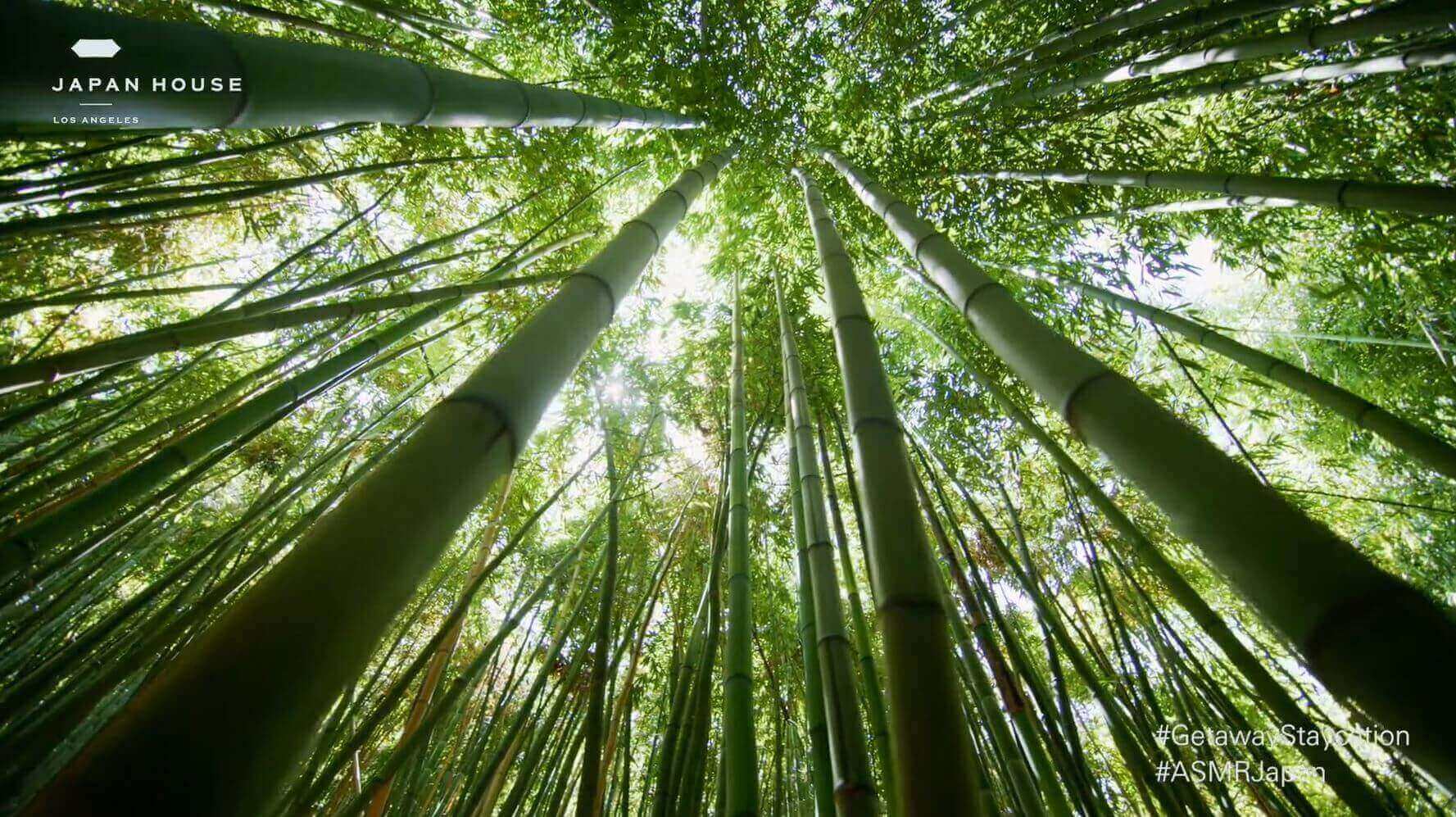
Explore Each Region
Return to Part 2
Nature: The Beauty of the Japanese Landscape
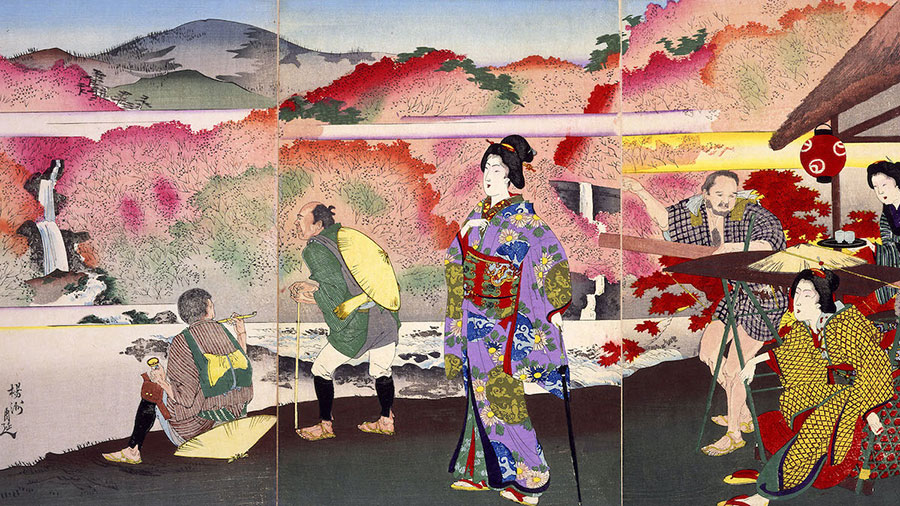
Main Exhibition & Virtual Tour
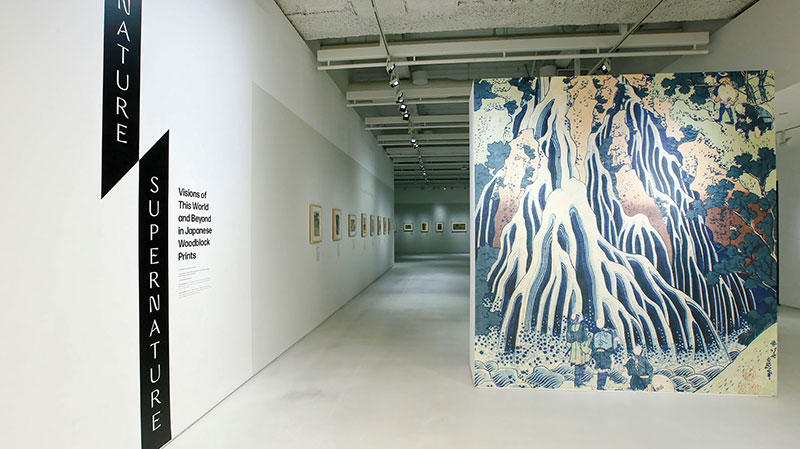
*Note: Japanese names in this exhibition are written in the traditional Japanese order, with the family name first and personal name last. However, if an artist has come to be known by a single name, (e.g., Hokusai and Kunisada) that name will be used for subsequent mentions.


